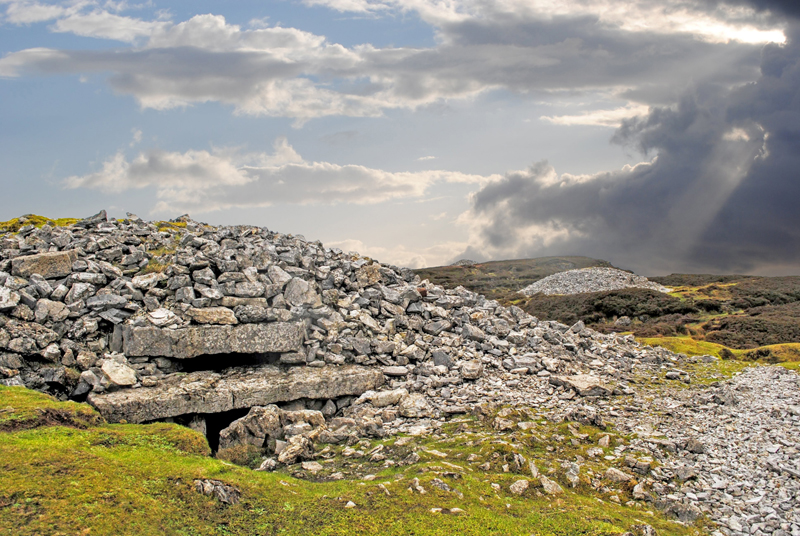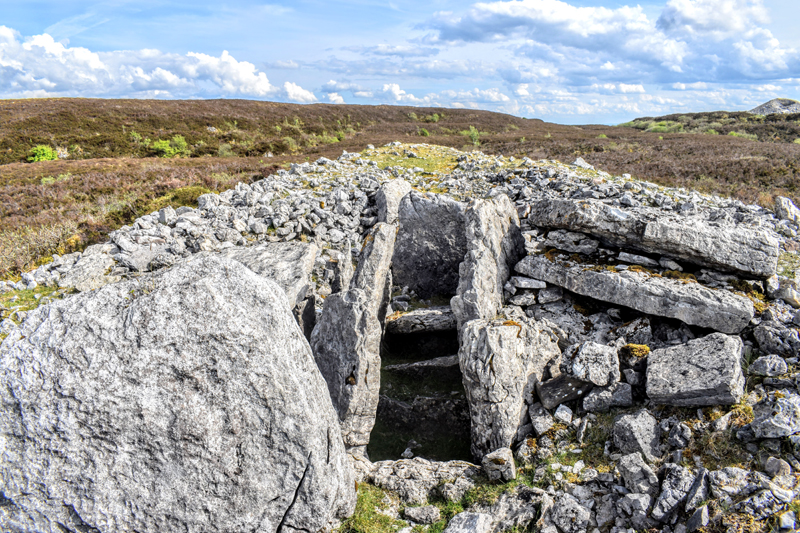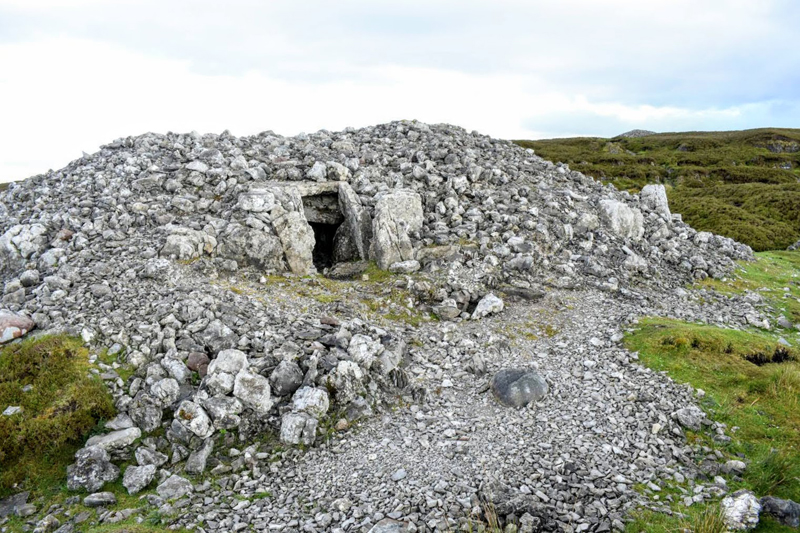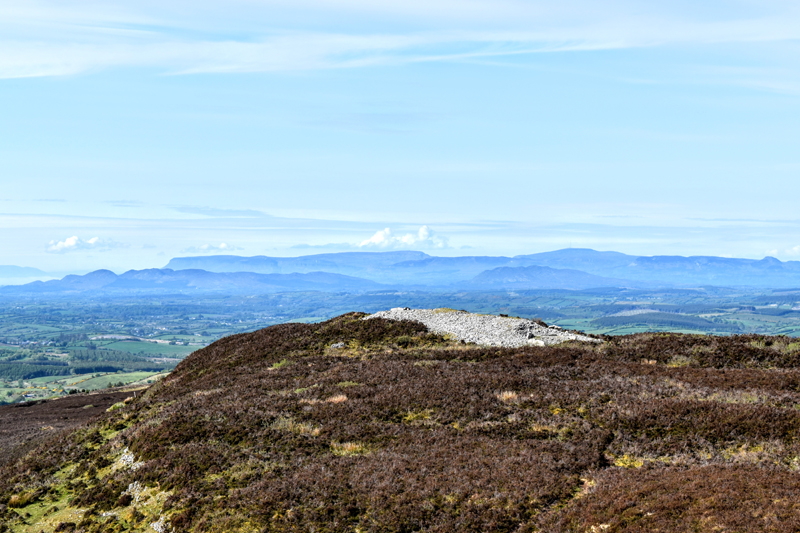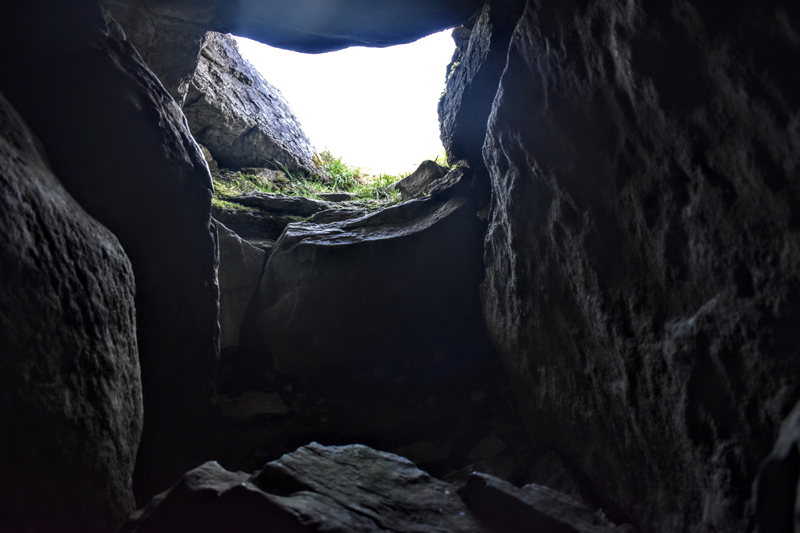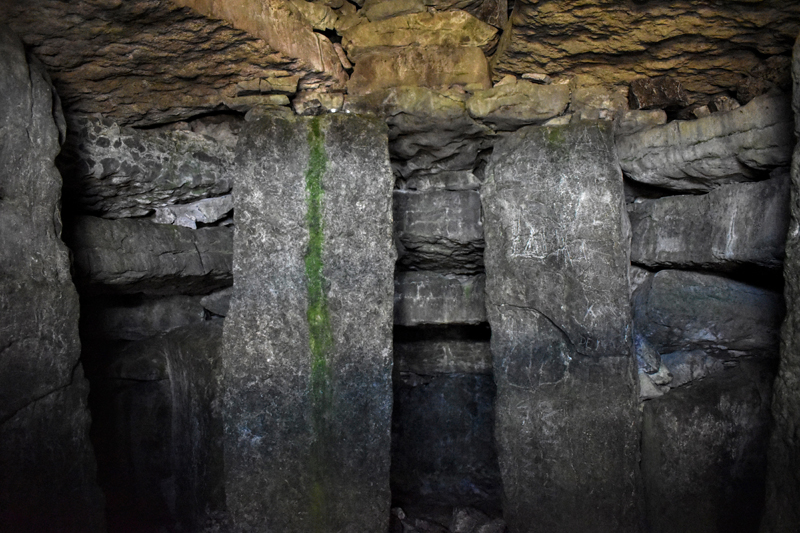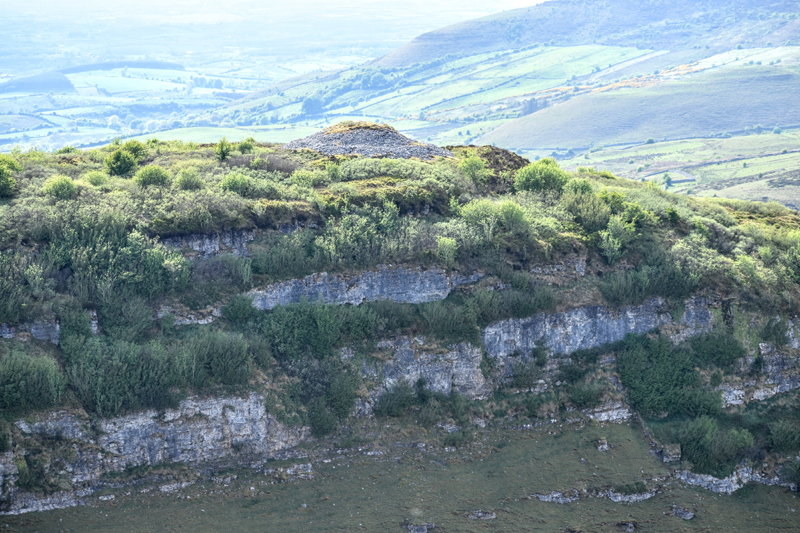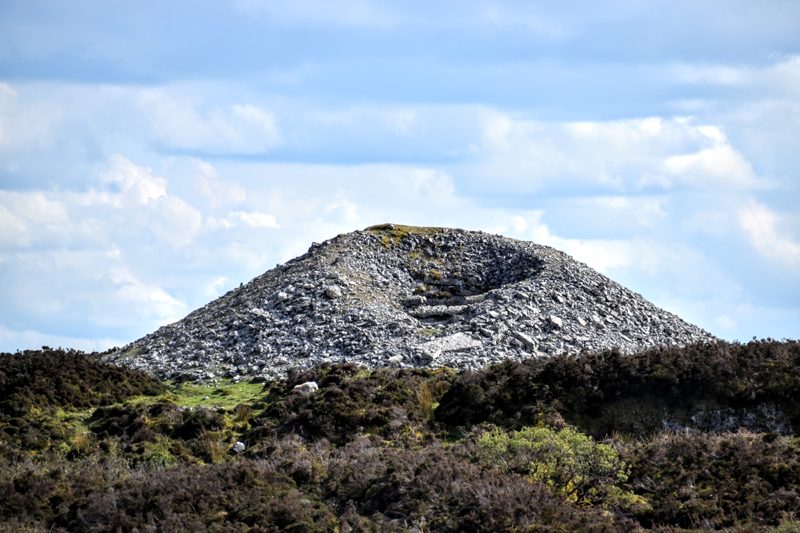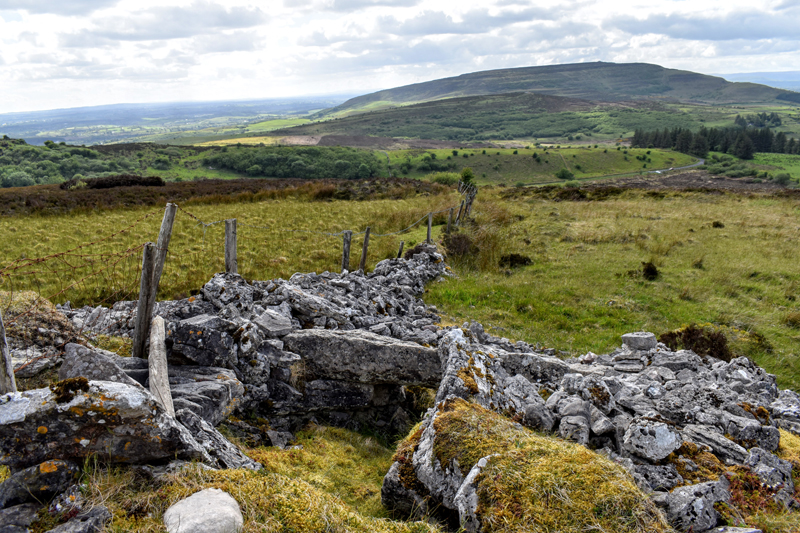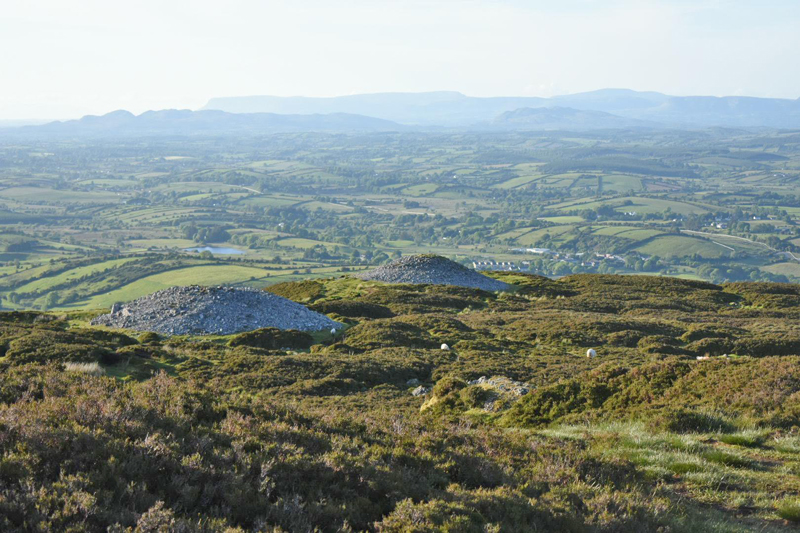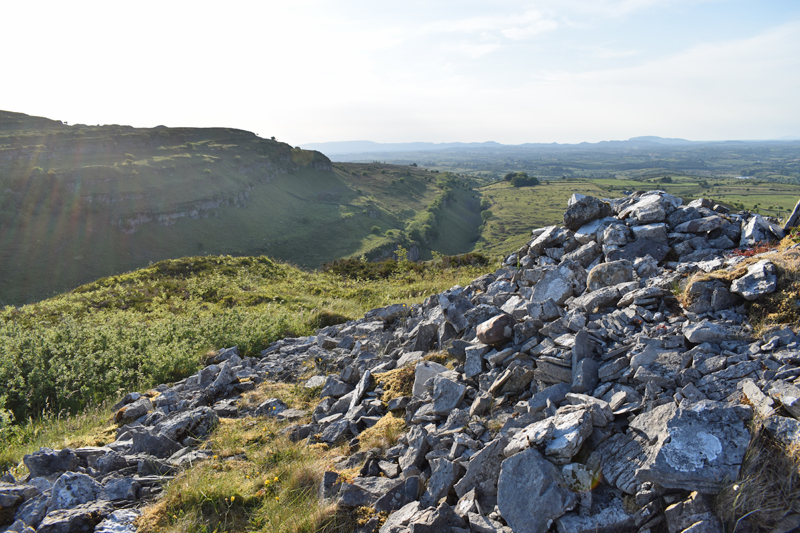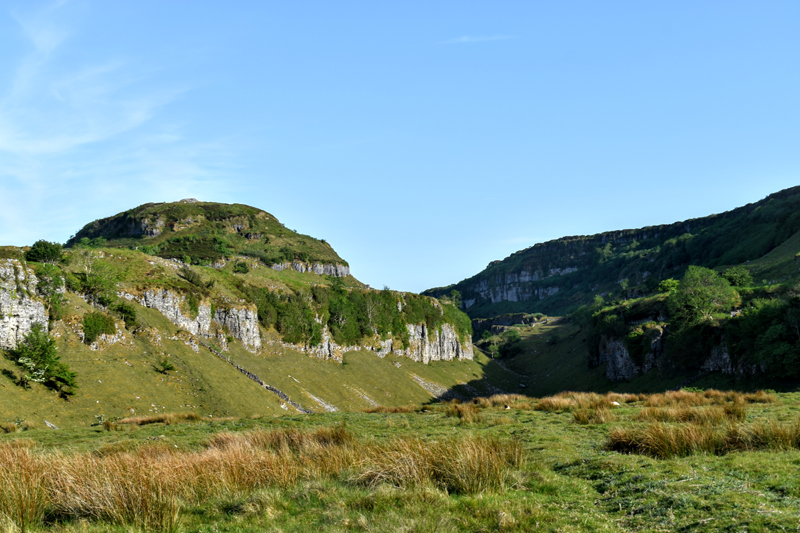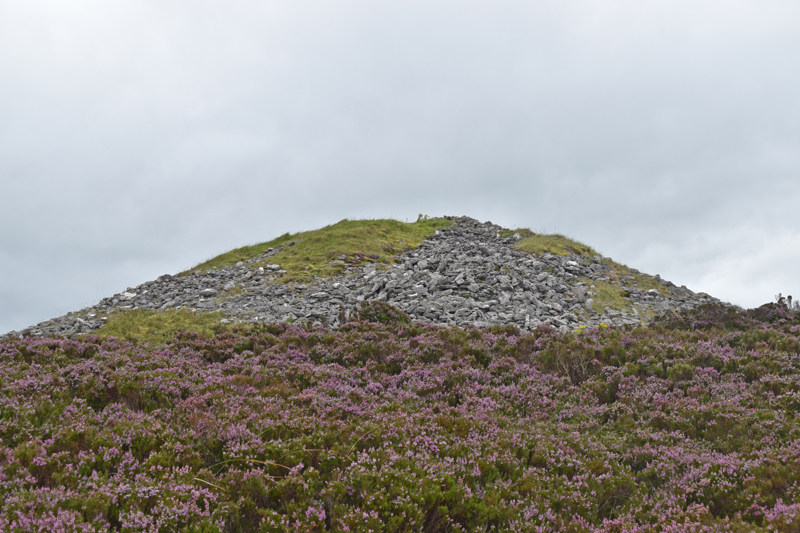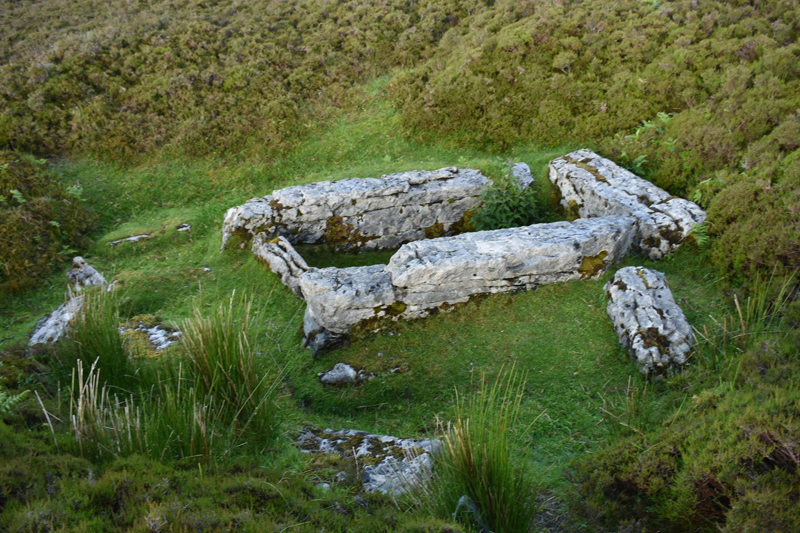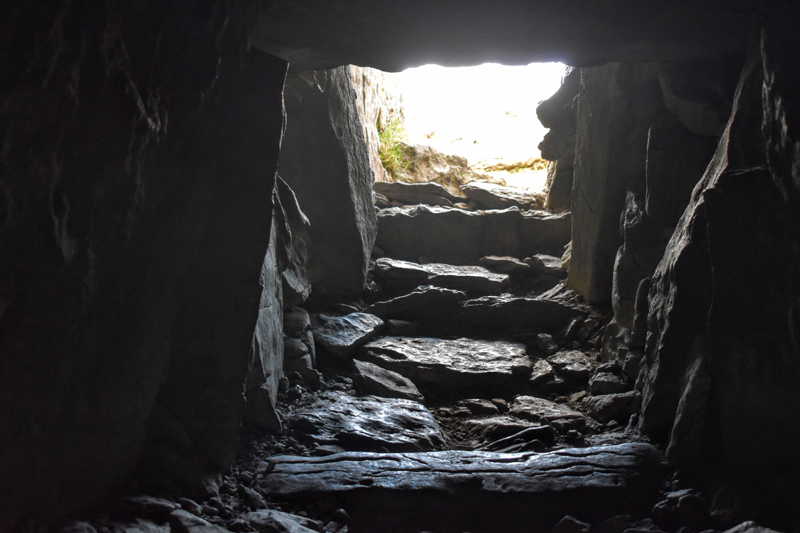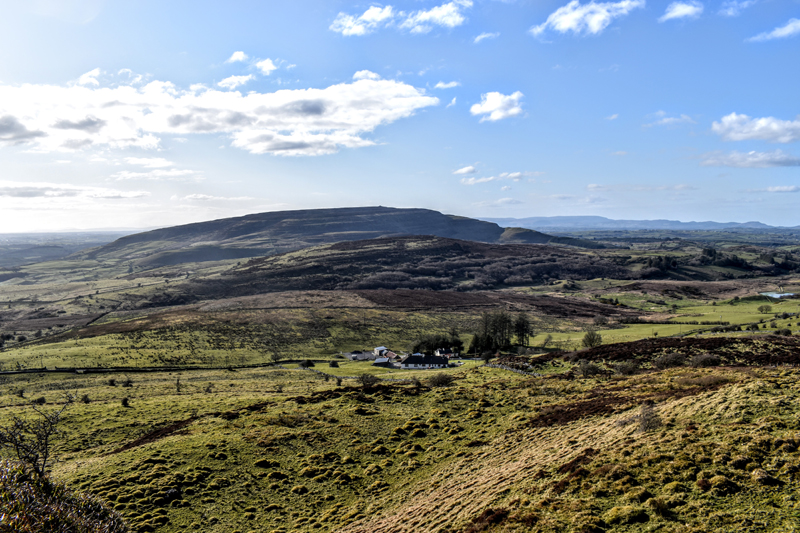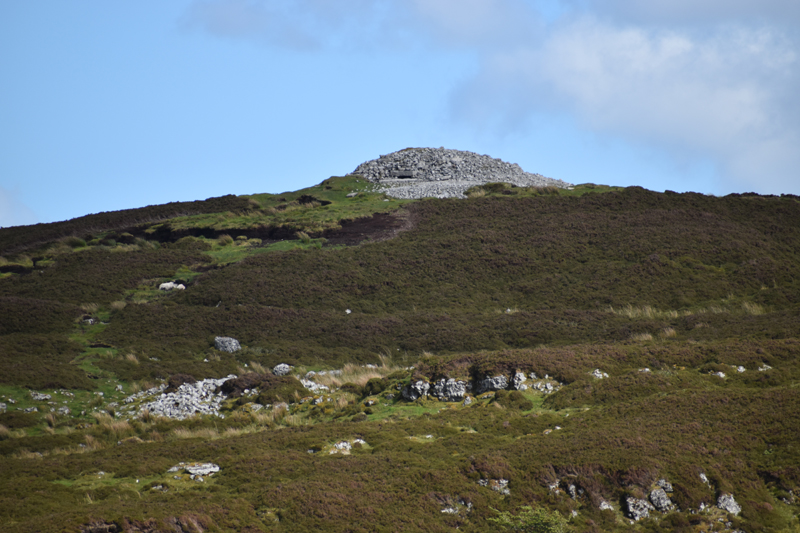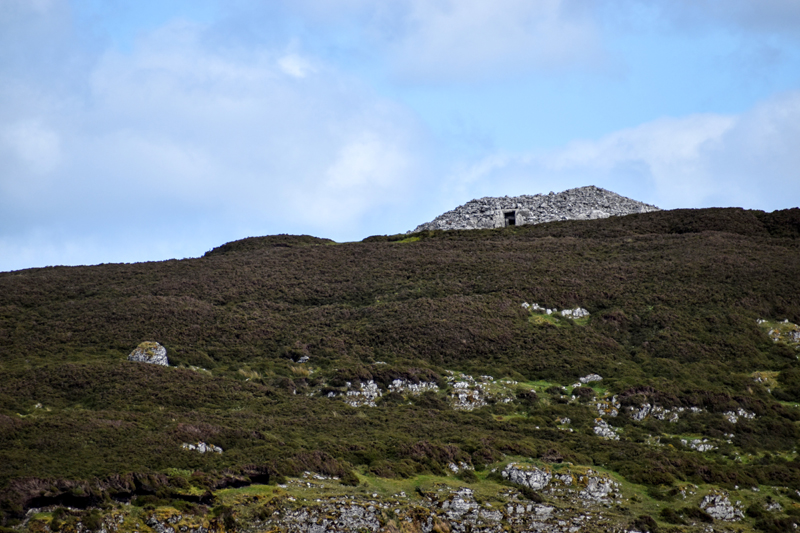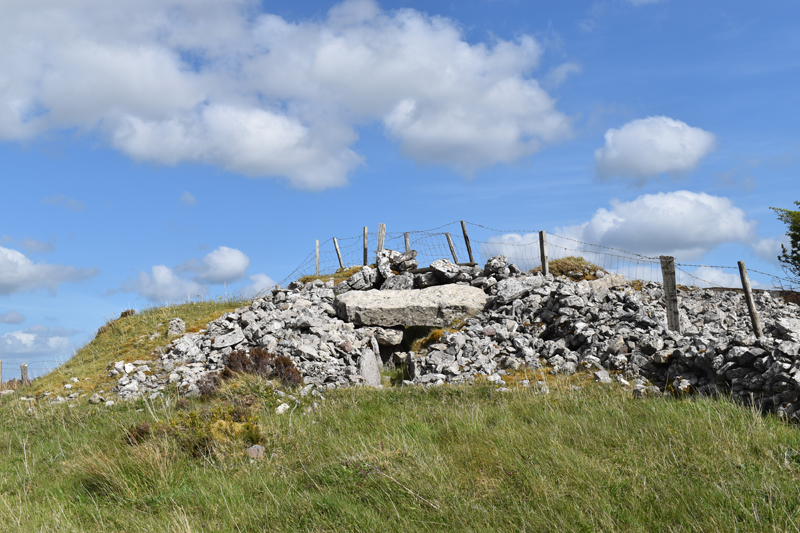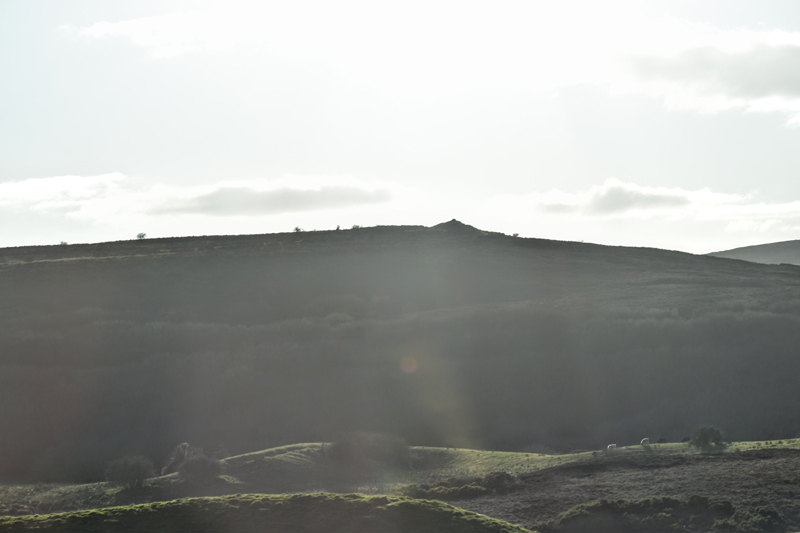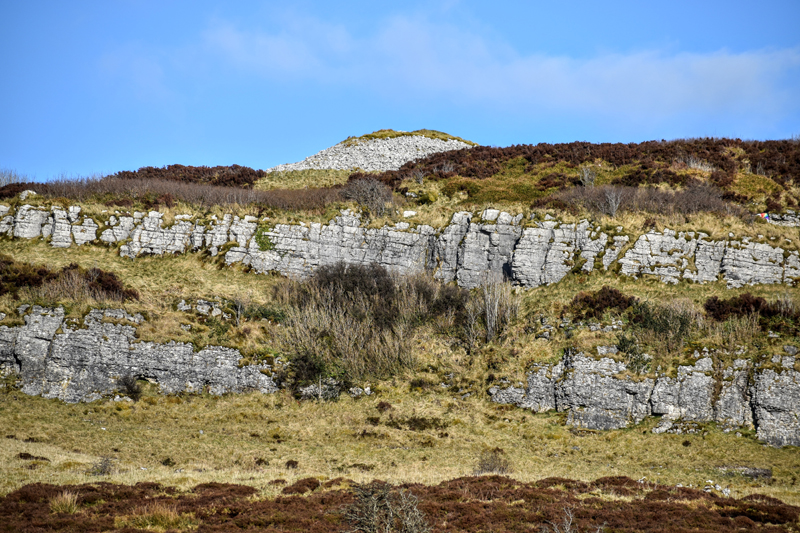By Dawn Rainbolt, PR Manager
Published: Oct 15, 2020 More by Dawn
Articles by Year
- April 2024
- February 2024
- January 2024
- December 2023
- November 2023
- October 2023
- September 2023
- August 2023
- July 2023
- June 2023
- May 2023
- April 2023
- March 2023
- February 2023
- January 2023
- December 2022
- November 2022
- October 2022
- September 2022
- August 2022
- July 2022
- June 2022
- May 2022
- April 2022
- March 2022
- February 2022
- January 2022
- December 2021
- November 2021
- October 2021
- September 2021
- August 2021
- July 2021
- June 2021
- May 2021
- April 2021
- January 2021
- November 2020
- October 2020
- September 2020
- August 2020
- July 2020
- June 2020
- May 2020
- April 2020
- March 2020
- February 2020
- January 2020
- December 2019
- November 2019
- October 2019
- September 2019
- August 2019
- July 2019
- May 2019
- April 2019
- March 2019
- February 2019
- January 2019
- December 2018
- November 2018
- October 2018
- September 2018
- August 2018
- July 2018
- May 2018
- April 2018
- March 2018
- February 2018
- January 2018
- December 2017
- September 2017
- July 2017
- June 2017
- May 2017
- April 2017
- March 2017
- February 2017
- January 2017
- December 2016
- October 2016
- August 2016
- July 2016
- June 2016
- May 2016
- March 2016
- December 2015
- September 2015
- January 2015
- May 2014
- April 2014
- March 2014
Articles by Category
- Wilderness Blog
- Hiking
- Road Cycling
- Culture
- Family
- Wildlife
- Tailor Made
- Photography
- Self Drive
- Conservation
- Accommodations
- Event News
- How To
- Guide
- How To Guide
- Multi Activity
- Sea Kayaking
- Competitions
- Uncategorized
- Discovery Journey
- Video
- Walking
- Wilderness Walking
- Autumn
- Self Guided
- Spring
- Winter
- Folklore
- Food & Drink
- History
- Islands
- Northern Ireland
- Solo Travel
- Summer
- Travel Guide
- Wilderness England
- Wilderness Scotland
- Women in Adventure
